This article was medically reviewed by Joseph Krajekian, DMD. Dr. Krajekian is a board certified Oral and Maxillofacial Surgeon at the Cleveland Clinic in Ohio. He received his DMD from Tufts University School of Dental Medicine in 2002. After obtaining his DMD, Dr. Krajekian went on to obtain his MD from Drexel College of Medicine.
There are 12 references cited in this article, which can be found at the bottom of the page.
This article has been viewed 407,576 times.
Dental hygiene should be a part of your daily routine. Taking good care of your teeth can not only help them keep looking great, but can also help you avoid painful issues that can arise from improper care. By learning how to best care for your teeth and implementing those techniques into your daily routine, you can help your teeth to last longer and look their best.
Steps
Brushing Your Teeth
-
1Brush your teeth twice a day. Brushing your teeth too much or too little can both result in problems. You will want to brush your teeth daily, two times every day, to avoid causing any dental problems. By brushing often enough, you can help keep your teeth clean and healthy.[1] [2]
- Brush your teeth twice a day.
- When you brush your teeth, brush for them for two minutes.
- You might want to try brushing once in the morning and once in the evening.
- Use just enough toothpaste to cover the length of the brush itself.
- Do not swallow toothpaste.
-
2Use the recommended technique when brushing. There are some techniques that are recommended by dental organizations that can help keep your teeth clean and healthy. Brush your teeth following these steps to make the most of your brushing:[3]
- Brush all teeth in small circles, covering the entire tooth, from tip to gum line.
- Hold your brush at a 45-degree angle along your gum line. The brush should cover both your gum line and your teeth.
- Brush the outside faces of your teeth. Focus on groups of two or three teeth before moving onto the next.
- Move to the inner faces of your teeth, keeping your brush at a 45-degree angle. Keep your brushing motion focused on only two to three teeth at time, before moving onto the rest of them.
- Finish by brushing the inside faces of your front teeth by holding the tooth brush vertically, moving it up and down.
Advertisement -
3Don't brush too hard. Keep your brushing pace slow and gentle. Brushing too fast or too hard can cause injury and soreness. Don't be in a hurry as you work to thoroughly and properly clean your teeth.[4]
- Brushing too hard can lead to sensitive teeth and receding gums.
- Consider using a brush with softer bristles if you notice your teeth or gums becoming sensitive from brushing.
- If the bristles of your brush are pushed outwards when brushing, you are brushing too hard.
Flossing Your Teeth
-
1Make flossing a daily habit. You should floss your teeth at least once daily, in conjunction with your regular brushing. Flossing is a great way to remove tartar and plaque that brushing sometimes can't.[5]
-
2Get the right amount of floss. You will need the right length of floss in order to properly floss your teeth. An appropriate length of floss is one that reaches from your hand to your shoulder. Once you have this length of floss, wrap the ends around your middle fingers.[6]
- The floss should reach between your hands, having been wrapped around your middle fingers.
-
3Start flossing. Once you have the floss wrapped around your middle fingers, you can start working it between your teeth. Follow these detailed steps to get the most out of your flossing:[7]
- Slide the floss between your teeth.
- Bend the floss into a “c” shape.
- Bring the floss completely up and down the tooth to clean out any plaque or tartar.
- Bend the “c” shape the other way and once again move the floss completely up and down the tooth.
- Continue in this way until you have flossed between every tooth.
-
4Follow up with brushing and mouthwash. After you floss your teeth you will want to brush them and then finish with a mouthwash. This can help remove any leftover particles of plaque or tartar that were broken loose during flossing.[8]
- Swish mouth wash for around thirty seconds before spitting it out.[9]
- You can dilute mouthwash with water if it is too strong.
- Brush properly, reaching all your teeth, and taking at least two minutes.
Taking Further Action To Keep Teeth Healthy
-
1Visit with your dentist. Making and appointment with your dentist, even if you don't have any obvious dental issues, can be a great way to maintain dental health and prevent any future problems. Your dentist will help keep your teeth healthy and can give you tips that you can use at home.
- Regular visits with your dentist can help catch issues before they become big problems.
- Your dentist will be able to tell you how you can best maintain the health of you teeth.
- Visit your dentist at least once every two years if you have no problems. Visit immediately if you notice any new dental issues developing.[10]
-
2Consider getting braces. If you are unhappy with how your teeth look, you might want to consider braces. Braces work by applying tension to your teeth, over a period of time, to realign them. Beyond cosmetic reasons, braces can also help with dental issues such as a reduction in jaw pain and pressure.[11]
- Two types of braces exist today, fixed and removable.
- Removable braces can be taken out of the mouth, but the patient must keep careful records and diligently wear them to get the most out of them.
- Fixed braces cannot be taken off by the patient and don't require the attention that removable braces do.
-
3Watch what you eat and drink. Some foods and drinks can cause harm to your teeth, wearing them down, staining them, or otherwise damaging them. By avoiding these foods, drinks, and dietary habits you can keep your teeth looking great and healthy.[12]
- Foods that have a long period of contact with your teeth such as sugar, soda, cookies, and candies can damage teeth.
- Snacking often will make your mouth a more comfortable place for bacteria to live in. These bacteria can lead to tooth decay and other dental issues.
- Highly acidic foods and drinks, such as orange juice or tomatoes, can erode the enamel on you teeth.
- Tobacco, soda, tea, and red wine can all stain your teeth over time.[13]
-
4Try using whitening strips. Whitening strips work by chemically dissolving stains, either by removing surface stains or targeting stains within the tooth. Both of these methods have versions that can be applied at home, by yourself, or applied by your dentist.[14]
- Bleaching products will usually contain peroxide and focus on both inner and outer stain removal.
- Dentifrices work to remove only surface stains.
- Some report having sensitive teeth and gums after using whitening products. This is generally a temporary side effect.
Warnings
- Don't brush your teeth too hard as this can remove enamel and cause your gums to recede.⧼thumbs_response⧽
Things You'll Need
- Toothbrush
- Floss
- Mouthwash
- An appointment with your dentist.
References
- ↑ http://www.mouthhealthy.org/en/az-topics/b/brushing-your-teeth
- ↑ http://www.ada.org/en/science-research/ada-seal-of-acceptance/product-category-information/toothbrushes
- ↑ http://www.mouthhealthy.org/~/media/MouthHealthy/Files/Kids_Section/ADAHowToBrush_Eng.ashx
- ↑ https://www.deltadentalins.com/oral_health/overbrushing.html
- ↑ http://www.cda-adc.ca/en/oral_health/cfyt/dental_care/flossing_brushing.asp
- ↑ http://www.cda-adc.ca/en/oral_health/cfyt/dental_care/flossing_brushing.asp
- ↑ https://www.adha.org/resources-docs/7222_Proper_Flossing.pdf
- ↑ https://www.adha.org/resources-docs/7222_Proper_Flossing.pdf
- ↑ http://www.oralb.com/topics/proper-use-of-mouthwash.aspx
- ↑ http://www.nhs.uk/chq/pages/1780.aspx?CategoryID=74&SubCategoryID=741
- ↑ https://www.gablesexceptionaldentistry.com/blog/adult-braces-can-help-to-alleviate-jaw-pain/
- ↑ https://www.urmc.rochester.edu/encyclopedia/content.aspx?contenttypeid=1&contentid=4062
- ↑ http://www.ada.org/~/media/ADA/Publications/Files/ADA_PatientSmart_Tooth_Whitening.ashx
- ↑ http://www.ada.org/en/about-the-ada/ada-positions-policies-and-statements/tooth-whitening-safety-and-effectiveness
About This Article
To get perfect teeth, start by brushing them twice a day for a full 2 minutes each time. Then, floss at least once daily to remove plaque from between your teeth where your toothbrush can’t reach. After you floss, swish around some mouthwash in your mouth for 30 seconds to remove any leftover particles. If your teeth still aren’t as white as you’d like, try using whitening strips to get rid of stains and brighten your smile. For tips from our Dental reviewer on when you should consider getting braces to improve your teeth, read on!
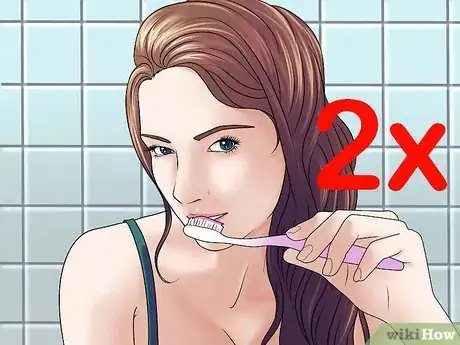
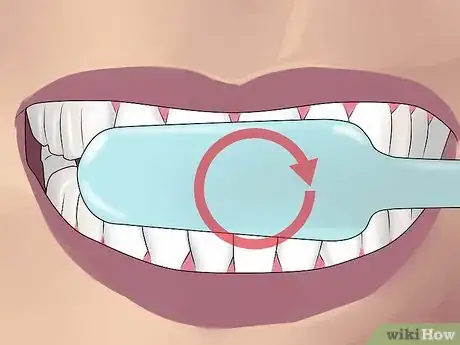
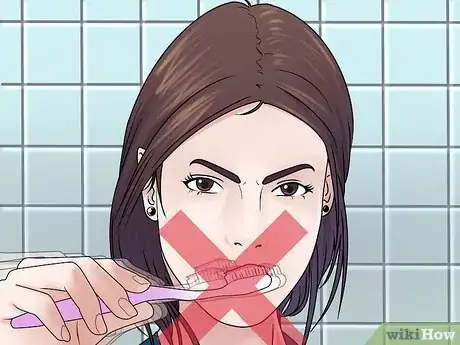
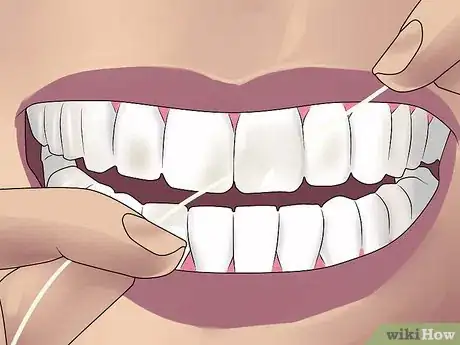
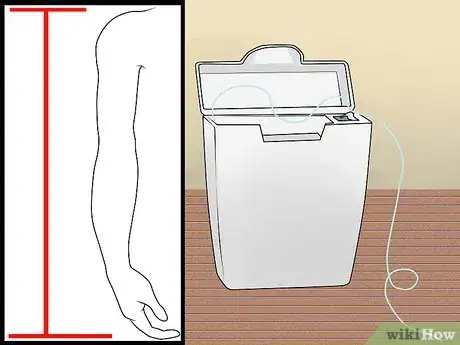

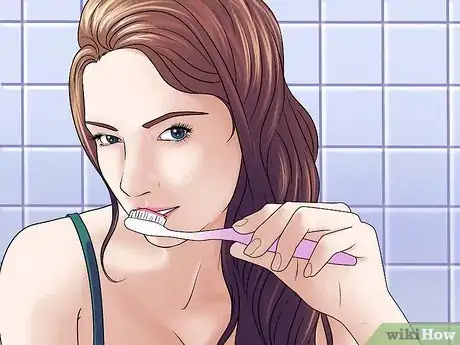
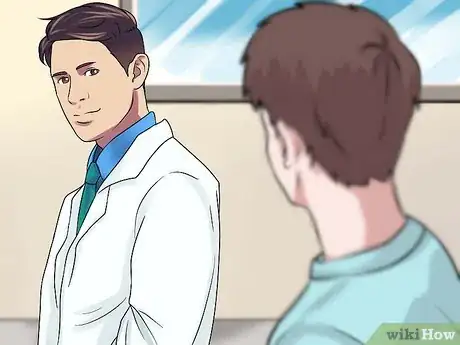

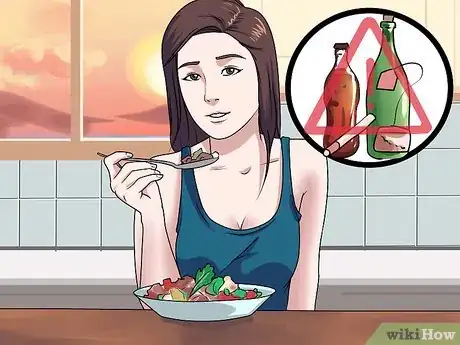

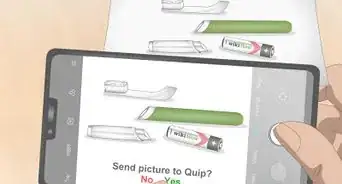


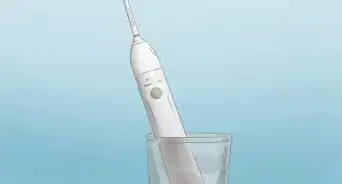


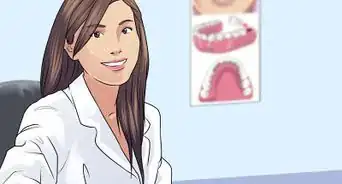

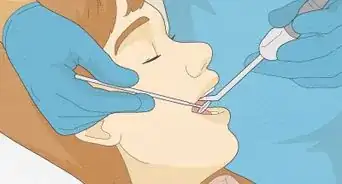

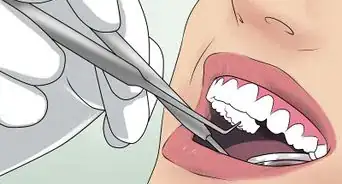
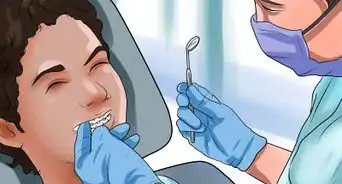
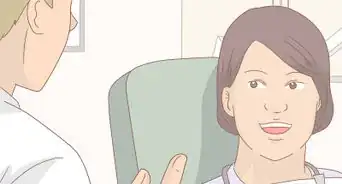











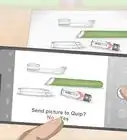
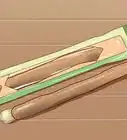
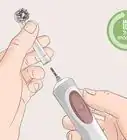



































Medical Disclaimer
The content of this article is not intended to be a substitute for professional medical advice, examination, diagnosis, or treatment. You should always contact your doctor or other qualified healthcare professional before starting, changing, or stopping any kind of health treatment.
Read More...